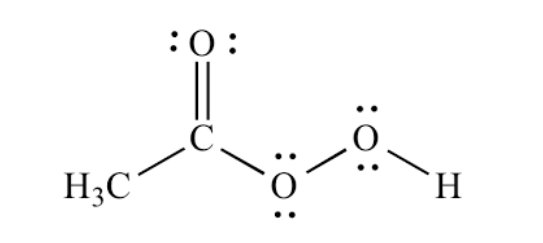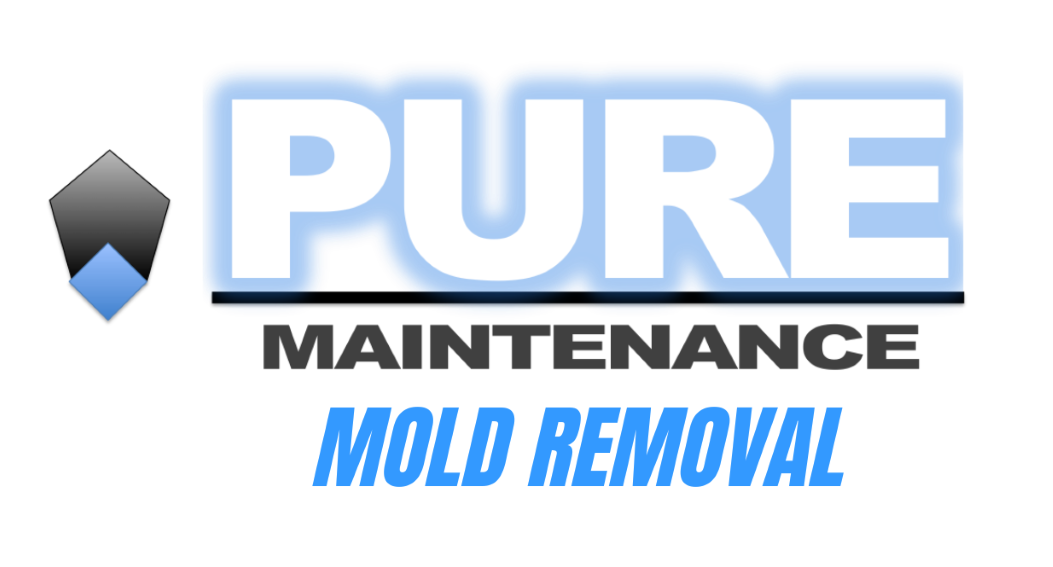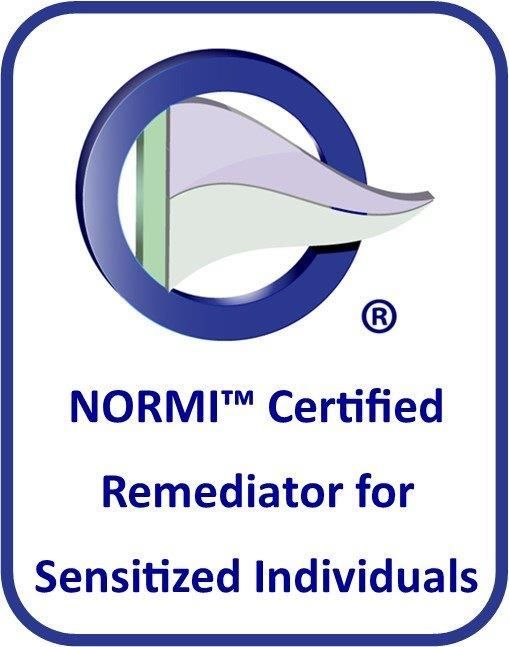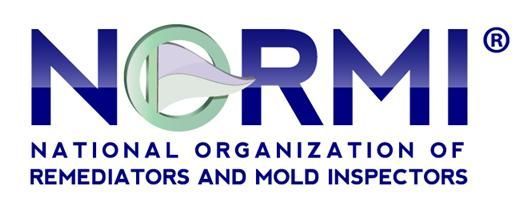What are Indoor Allergies and What Causes Them?

What are indoor allergies and what causes them?
Allergies are a body’s way of reacting to a substance that does not irritate many other people.
When that substance enters the body, we produce antibodies designed to fight that substance.
These antibodies can irritate your eyes, skin, lungs, or any other part of your body. Common irritations include respiration problems, asthma, sinus infections, headaches, coughing and sometimes mental confusion. Extreme reactions can affect your nervous system or cause anaphylaxis which is a potentially life threatening emergency. Most allergies cannot be cured, but treatments are available to reduce the effects of the antibodies.
According to the Environmental Protection Agency (EPA), the average American spends 93% of their life indoors or in their car. Therefore, individuals who are sensitive to indoor allergens are far more likely to suffer from allergies. Common indoor allergens we’ll discuss in this article are dust, dust mites, mold, and pet dander.
Dust: There is a common misconception that dust is mostly human skin. It is not because human skin mostly ends up in the shower when we wash. Most of dust comes from outside, as dirt tracked in on your feet, and airborne particles like pollen and soot. The rest is mostly carpet fluff, clothes fibers, and pet hair. A way to reduce the amount of dust in your home is to dust regularly, and wash fabrics often.
Dust Mites: Dust mites are microscopic, insect-like pests that generate some of the most common indoor substances – or allergens – that can trigger allergic reactions and asthma in many people. Hundreds of thousands of dust mites can live in the bedding, mattresses, upholstered furniture, carpets, or curtains in your home. They feed on the dead human skin cells found in dust. Dust mites are not parasites; they do not bite, sting, or burrow into our bodies. The harmful allergen they create comes from their excrement and body parts. Dust mites are nearly everywhere; roughly 80% of homes in the U.S. have detectable levels of dust mites in at least one bed. The ways to reduce the presence of dust mites are: Reduce humidity, reduce the places dust mites can grow, replace carpets (preferably with non-carpet), and dust regularly.
Mold: Mold is a type of multicellular microscopic organism found both outdoors and indoors. It is a living thing, and it lives to reproduce and colonize. You can develop a mold allergy at any age. If you have a mold allergy, it can trigger symptoms of hay fever such as a runny nose, cough, and headaches. The symptoms can begin immediately upon exposure and persist all day.
This is especially true if you spend long periods of time around the mold. Diagnosis of mold allergies can take time and identifying the source of mold can be challenging. Medications can help alleviate the effect of a mold allergy, but the best action is always removing the mold or avoiding it altogether. Some molds produce mycotoxins so dangerous that they can cause lifelong problems or even death. The best way to solve a mold infestation problem is to work with a licensed mold remediator. They have the right tools, products, and training to make your indoor space healthy again.
Pet Dander: Did you know that 6% of the US population is allergic to cats? And the cat dander is much more potent in causing allergic reactions than the animal’s fur or hair. Eliminating these allergens from your indoor space can go a long way towards creating a healthy home or office.
The solution to too much pet dander is to wash and brush your animals often, and preferably outside.
We need to face facts. Diagnosing and living with allergies are two difficult things to do. Since we tend to spend so much time indoors, it is time to pay attention to our indoor air quality and make it as clean as possible. Your health may depend on it.
Submitted by Pure Maintenance of Jacksonville, Florida












